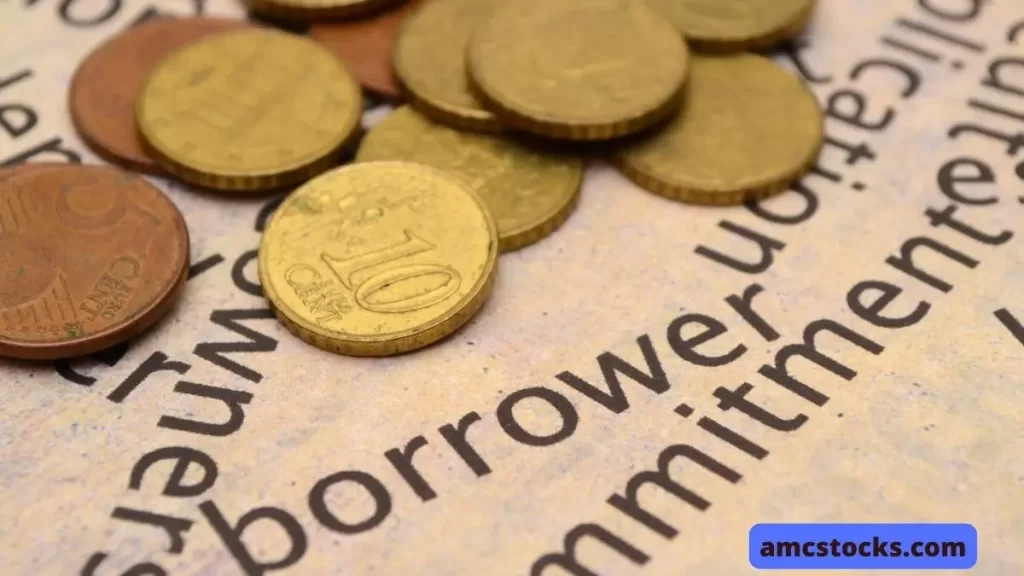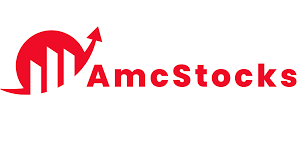Student loans can be very helpful in funding your education. There are a few different ways to apply for student loans, and the process can vary depending on the loan type you choose.
In general, you will need to submit an application to a lender, which will require documentation such as your transcripts and financial statements. You may also need to provide additional documentation if you are applying for a private loan.
Once you have submitted your application, the lender will review it and determine whether or not they are interested in giving you a loan. If they are, they will send you an offer letter outlining the terms of the loan. You then have the option of accepting or declining the offer letter.
If you accept the offer letter, then you will need to provide copies of your documents and pay a processing fee. Once your loan is approved, the lender will send you a final payment schedule and other paperwork related to your loan.
4: What are the different types of student loans?
There are a few types of student loans out there, but the two main types are federal loans and private loans. Federal loans are government-backed and come with a number of benefits, like lower interest rates and repayment options that can make them more affordable over the long term. Private loans, on the other hand, are typically not backed by the government but instead by banks or other financial institutions. They tend to have higher interest rates and may have more restrictive repayment options, making them less desirable for some students.
5: What is the federal loan program?
The federal loan program is a government-sponsored student loan program that provides financial assistance to students who are seeking an education. The loans are available through the U.S. Department of Education and are available in a variety of forms, including subsidized and unsubsidized loans. The federal loan program is one of the most popular sources of student financial assistance, with more than $1 trillion in outstanding loans as of 2016.
Since becoming president, Biden has cancelled a total of $32 billion in student loans. This means that borrowers who apply online and self-report their income could have their debts forgiven in about 90 days. However, there is no guarantee that Biden will enact broad student loan cancellation policies.
6: What is the private loan program?
The private loan program is a way for students to borrow money from private lenders. These lenders may be able to offer better terms than the government loans available to students. The downside of this program is that it is difficult to get approved for a private loan, and the repayment process can be more expensive than with government loans.

7: How much can I borrow under each program?
Under the Direct Loan program, students can borrow up to $35,000 per year. The Perkins Loan program allows students to borrow up to $2,500 per year. The Federal Family Education Loan (FFEL) program allows students to borrow up to $65,000 per year.
Conclusion
Student loan are a great way to fund your education. However, it is important to know what type of loan you qualify for and how much you can borrow before applying.


